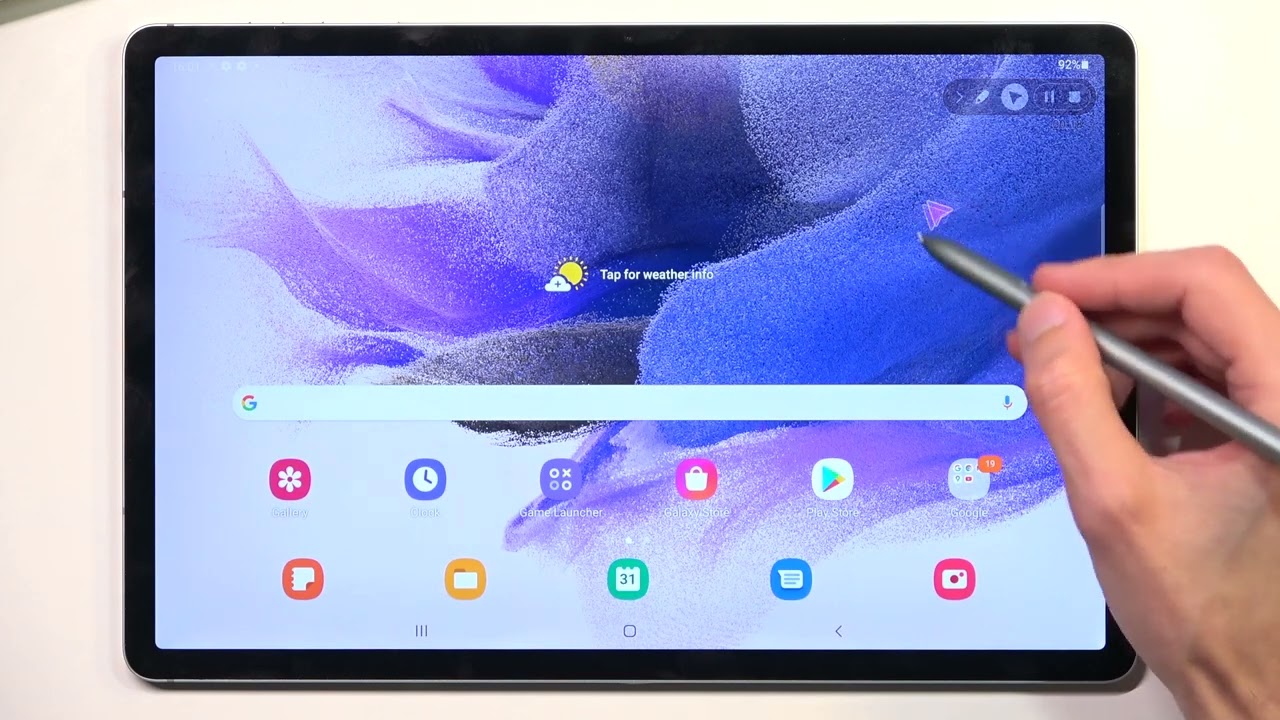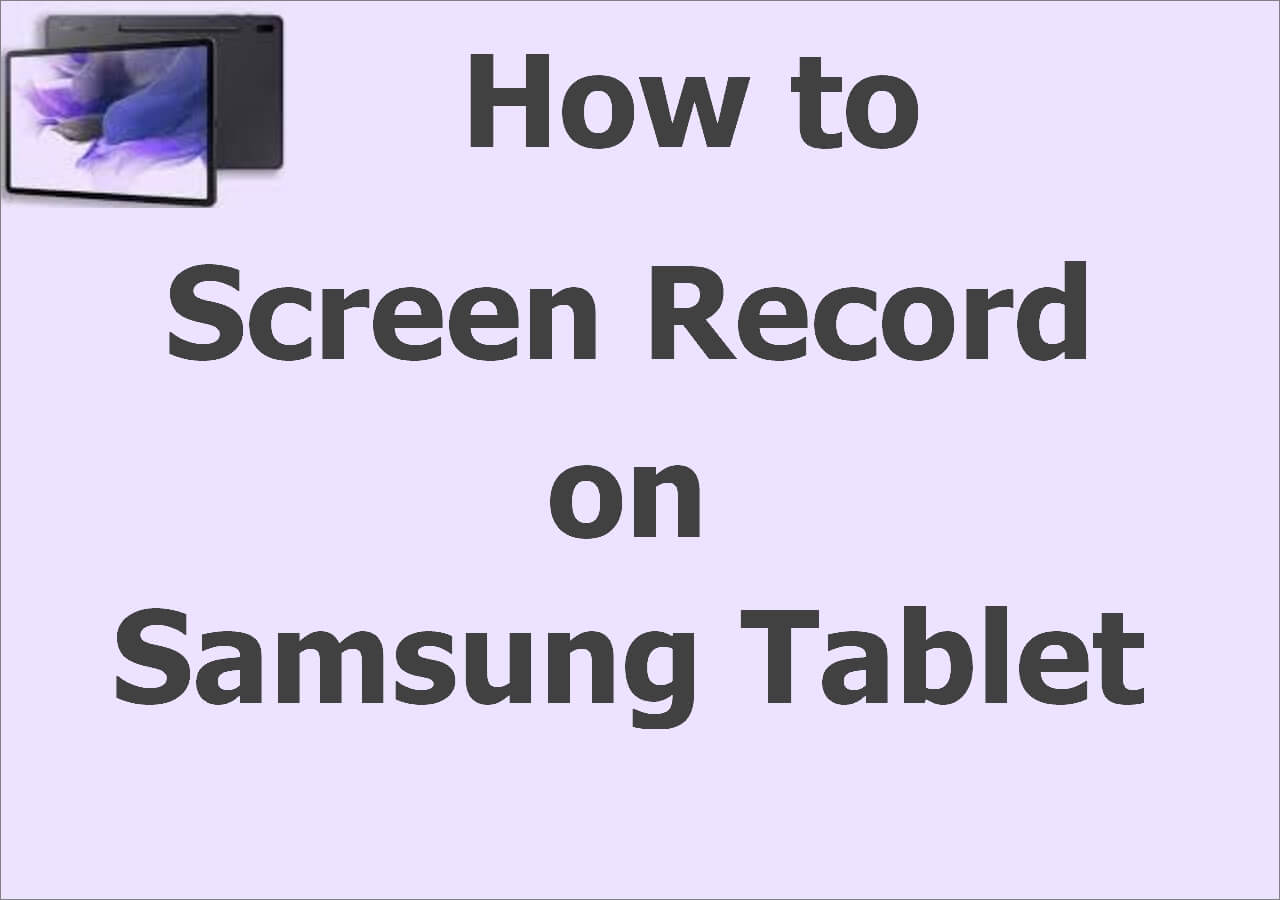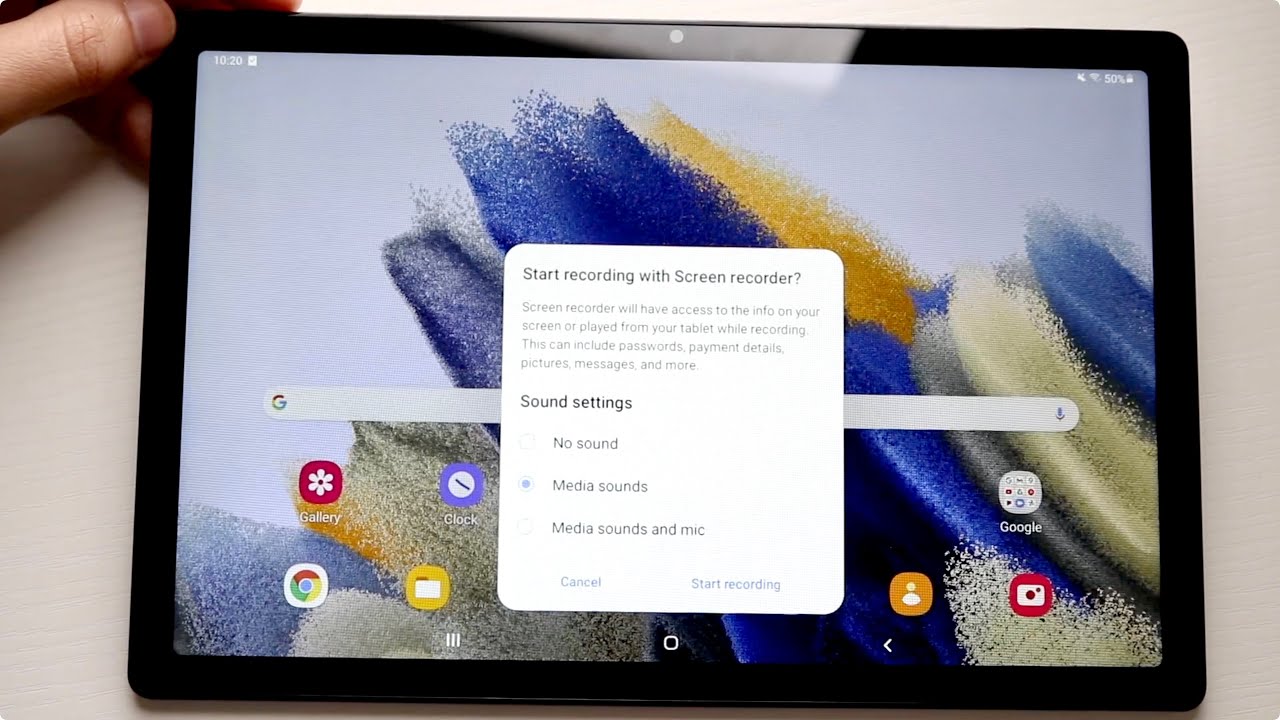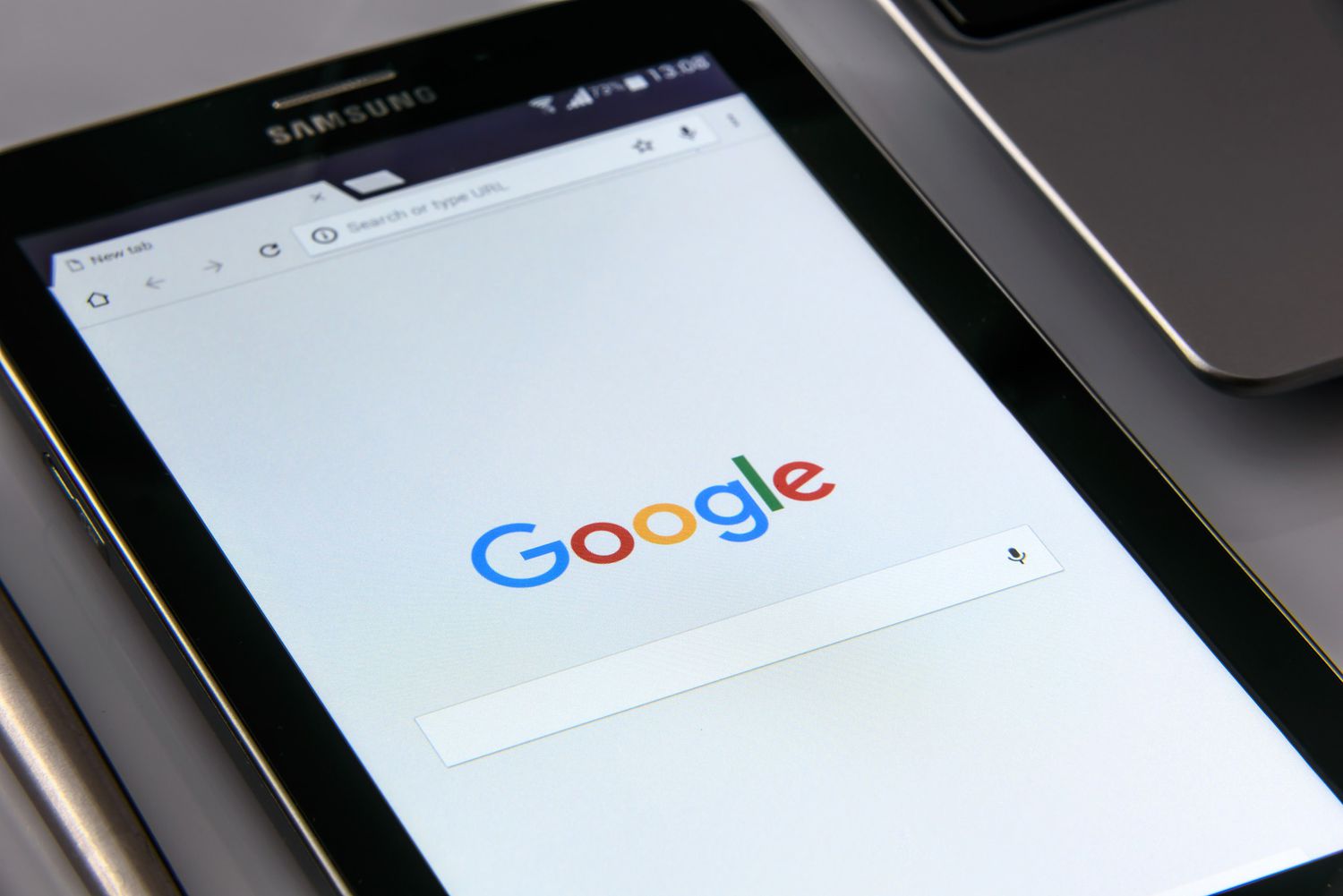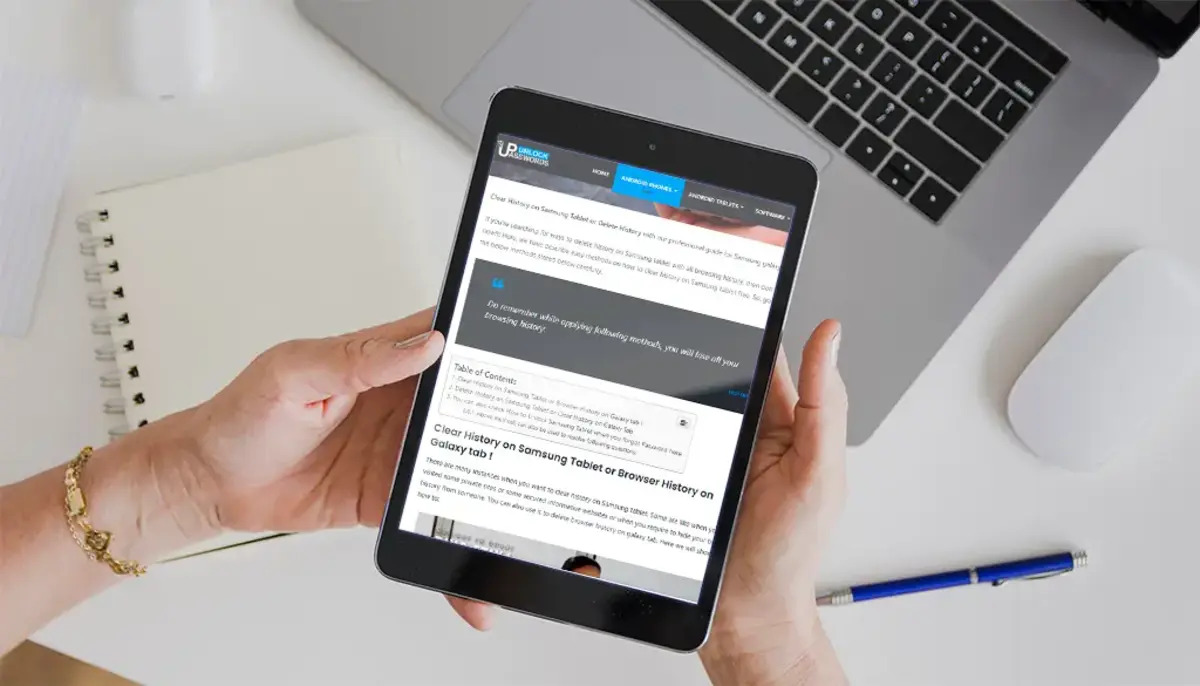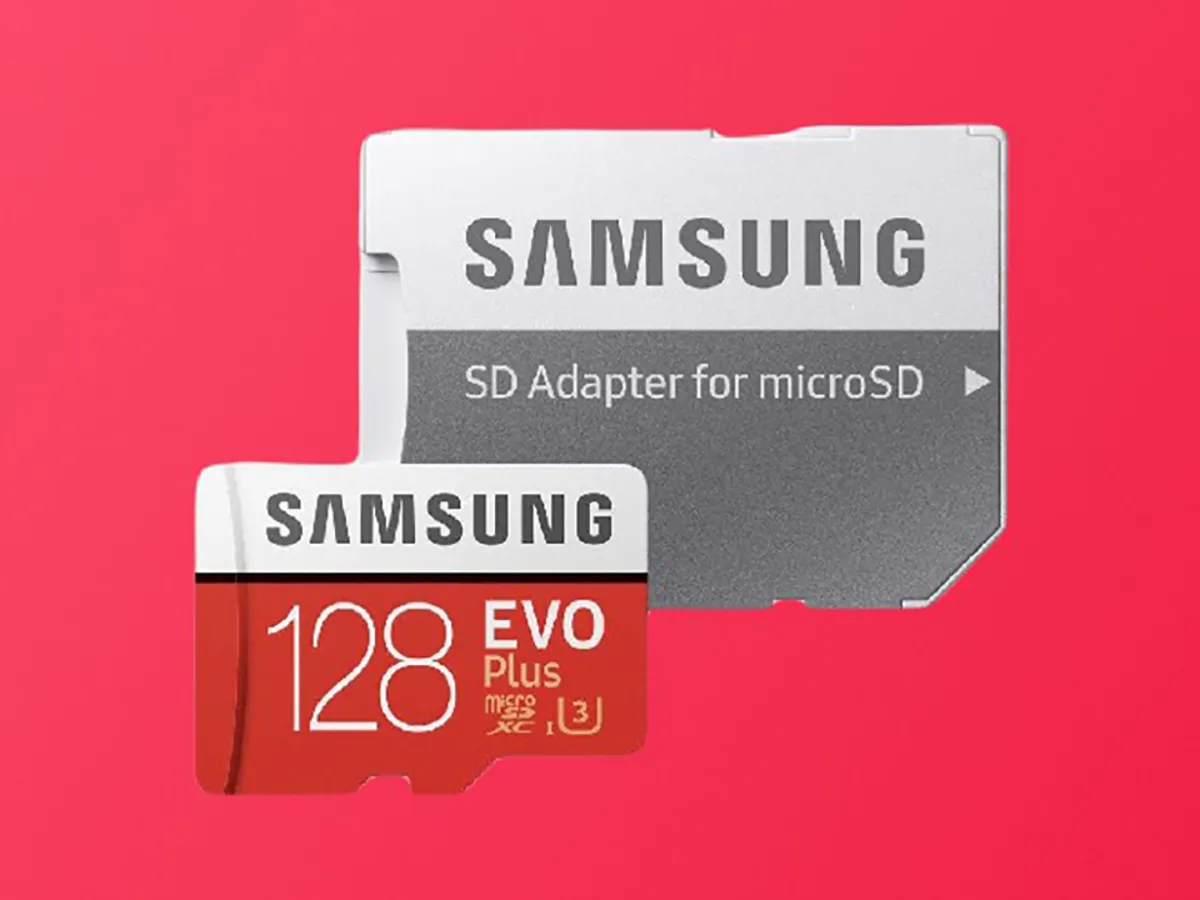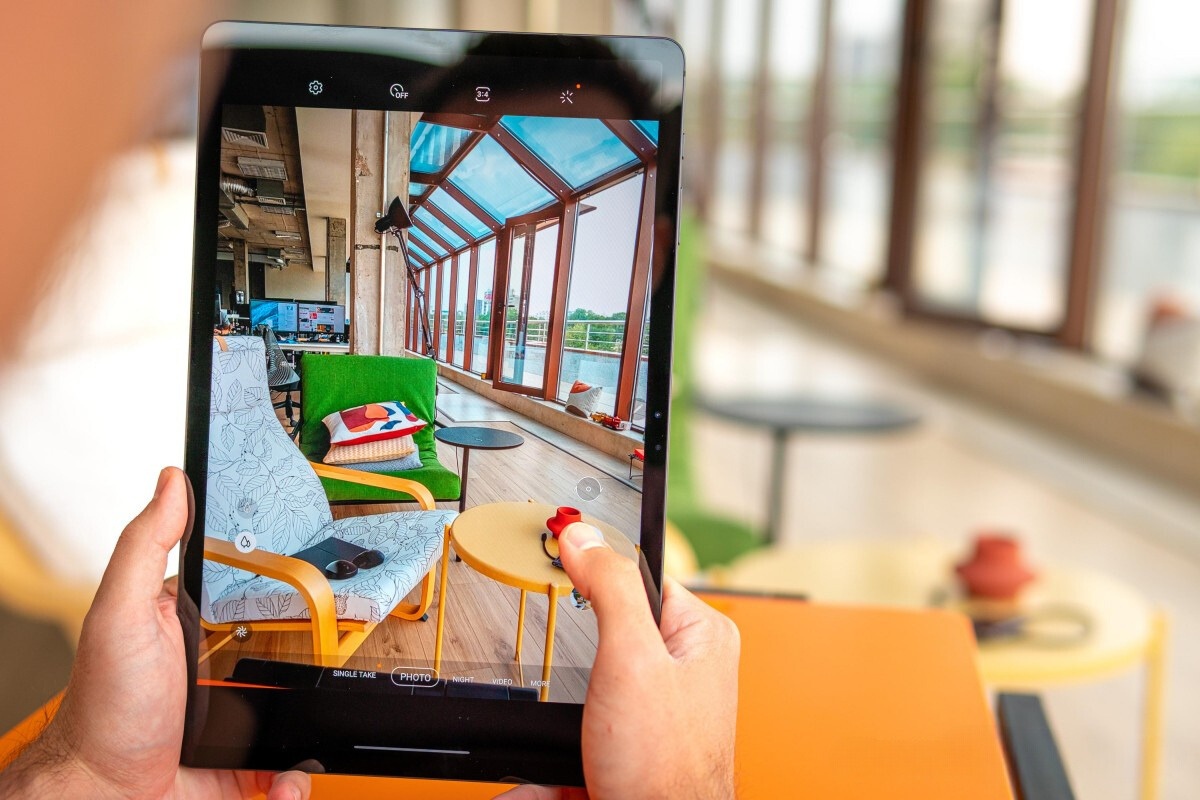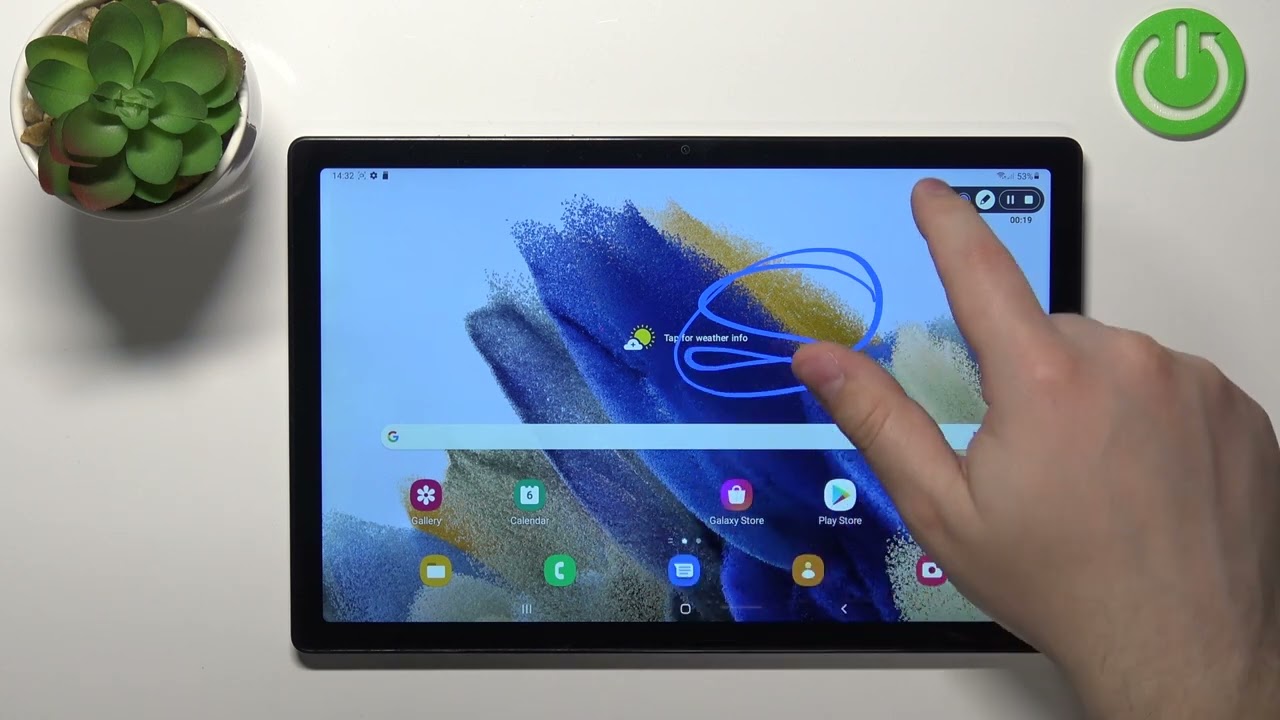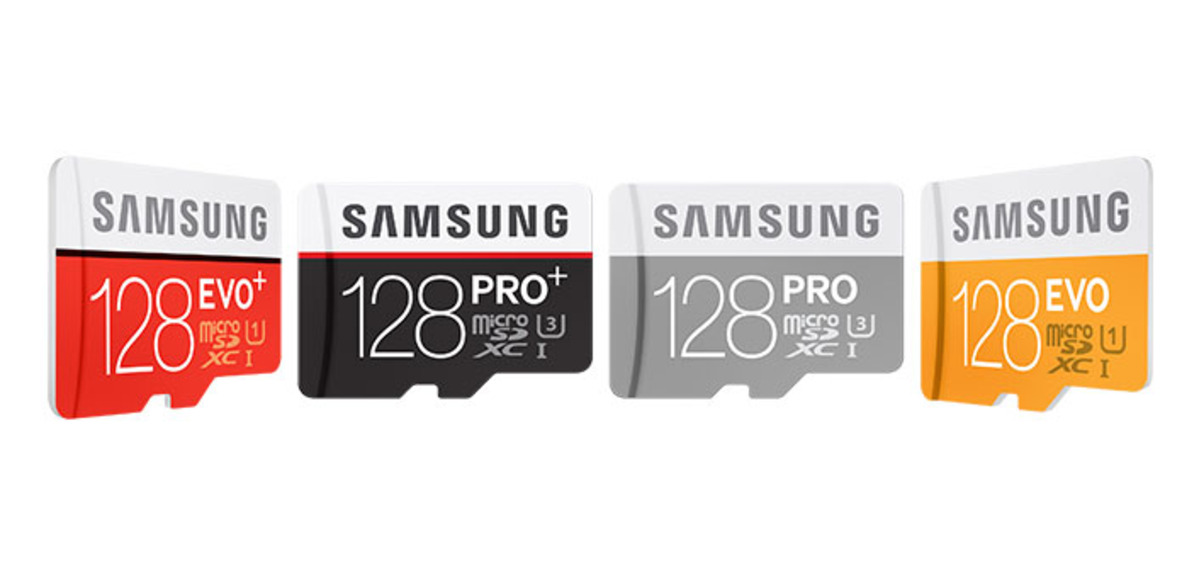Introduction
Welcome to the world of audio recording on your Samsung tablet! Whether you’re a professional musician, a journalist, or simply someone who enjoys capturing memorable moments, knowing how to record audio on your Samsung tablet can be a valuable skill. With the right tools and techniques, you can easily turn your tablet into a portable recording studio.
In this article, we will guide you through the process of setting up an audio recording app on your Samsung tablet, adjusting audio settings for optimal quality, selecting the right microphone, and sharing/recording files. Additionally, we will cover tips and troubleshooting for common recording issues that you may encounter.
Recording audio on your Samsung tablet can have a multitude of applications. Musicians can use it to capture song ideas or practice sessions, journalists can conduct interviews on the go, and students can record lectures for later review. The possibilities are endless.
Before we dive into the details, it’s important to note that different Samsung tablets may have slightly different settings and options. We will provide general guidelines that should work for most Samsung tablets, but it’s always a good idea to consult your device’s user manual or visit the manufacturer’s website for specific instructions.
No longer will you need to carry around bulky recording equipment or rely on low-quality smartphone microphones. Your Samsung tablet is capable of delivering professional-quality audio recordings, and we will show you how to unleash its full potential.
So, grab your Samsung tablet and let’s embark on this exciting journey of audio recording!
How to Set Up the Audio Recording App
Setting up the audio recording app on your Samsung tablet is the first step towards capturing high-quality audio. Here’s a step-by-step guide to help you get started:
- Choosing an audio recording app: There are several audio recording apps available for Samsung tablets. You can either use the pre-installed voice recorder app or explore third-party apps from the Google Play Store. Look for apps with positive reviews and features that suit your recording needs.
- Downloading and installing the app: If you opt for a third-party app, search for it in the Google Play Store. Once you find the desired app, tap on the “Install” button to download and install it onto your tablet. Make sure you have a stable internet connection and sufficient storage space.
- Launching the app: After the installation is complete, locate the app’s icon on your home screen or app drawer and tap on it to launch the recording app.
- Granting permissions: Some recording apps may require certain permissions to access your device’s microphone, storage, or other features. When prompted, grant the necessary permissions to allow the app to function correctly.
- Exploring the app’s interface: Familiarize yourself with the app’s interface and features. Most recording apps have a simple and intuitive design, making it easy to navigate and adjust settings. Take some time to explore the app’s options and customization settings.
- Testing the microphone: Before you start recording, it’s a good idea to test your tablet’s microphone. Open the app and tap on the microphone icon to begin recording. Speak or make a sound, and check if the input levels are registering on the audio waveform. Adjust the microphone sensitivity if needed.
Once you have set up the audio recording app on your Samsung tablet, you are ready to start capturing audio. In the next section, we will discuss how to adjust audio settings to ensure optimal recording quality.
Adjusting Audio Settings
Once you have set up the audio recording app on your Samsung tablet, it’s important to adjust the audio settings to ensure optimal recording quality. Here are some key settings to consider:
- Recording quality: Most recording apps allow you to choose the recording quality. Higher quality settings will result in larger file sizes but will capture more detail and fidelity. Adjust the recording quality based on your needs and available storage space.
- Bitrate and sample rate: These settings determine the quality and resolution of the audio recording. Higher bitrate and sample rates generally result in better audio quality, but they also require more storage space. Strike a balance between quality and storage considerations.
- Microphone gain or sensitivity: Some recording apps provide options to adjust the microphone gain or sensitivity. This setting determines how sensitive the microphone is, affecting the volume and clarity of the recorded audio. Experiment with different settings to find the optimal balance.
- Noise cancellation: If you are recording in a noisy environment, enabling noise cancellation can help reduce background noise and improve the clarity of your recordings. Check if your recording app has a noise cancellation feature and activate it if necessary.
- Automatic gain control (AGC): AGC adjusts the microphone sensitivity automatically to prevent sudden volume spikes or drop-offs. While AGC can be useful in some situations, it may also lead to inconsistent audio levels. If you prefer more manual control, consider disabling AGC.
It’s worth noting that different recording apps may have different options and terminology for adjusting audio settings. Take some time to explore the app’s settings menu and read the app’s documentation or tutorials for specific instructions.
Remember, adjusting audio settings is a crucial step in capturing high-quality recordings on your Samsung tablet. Experiment with different settings and fine-tune them according to your recording environment and desired results.
Now that you have adjusted the audio settings for optimal recording quality, let’s move on to choosing the right microphone for recording on your Samsung tablet.
Choosing the Right Microphone for Recording
When it comes to audio recording on your Samsung tablet, using an external microphone can significantly improve the quality and versatility of your recordings. Here are some factors to consider when choosing the right microphone:
- Type of microphone: There are various types of microphones available, including dynamic microphones, condenser microphones, and lavalier microphones. Each type has its own strengths and is suitable for different recording situations. Consider your recording needs and select the microphone type that best aligns with them.
- Connectivity options: Check if your Samsung tablet supports the microphone’s connectivity options. Some microphones connect via USB, while others use a 3.5mm audio jack or require an adapter. Ensure that the microphone you choose is compatible with your tablet’s connectivity options.
- Directionality: Microphones can be omnidirectional, cardioid, or have other directional patterns. The microphone’s directionality determines its ability to capture sound from different angles. For example, a cardioid microphone is ideal for recording a single sound source in front of the microphone, while an omnidirectional microphone captures sound from all directions.
- Portability: Consider the portability factor if you plan to record on the go. Look for compact and lightweight microphones that are easy to carry and don’t add unnecessary bulk to your setup.
- Budget: Determine your budget for purchasing a microphone. There are microphones available at various price points, so it’s important to find a balance between your recording needs and your budget constraints.
Before making a purchase, it’s a good idea to read reviews, watch video demonstrations, and consider the recommendations of trusted sources. Forums and online communities dedicated to audio recording can provide valuable insights and recommendations based on users’ real-world experiences.
Remember, the microphone you choose plays a vital role in capturing clear and detailed audio. It’s worth investing in a quality microphone that suits your recording requirements.
Now that you understand the importance of choosing the right microphone, let’s move on to the next section where we will discuss tips for achieving clear and high-quality recordings on your Samsung tablet.
Tips for Clear and High-Quality Recordings
Recording clear and high-quality audio on your Samsung tablet requires attention to several factors. Here are some tips to help you achieve the best possible recordings:
- Find a quiet recording environment: Background noise can significantly affect the quality of your recordings. Whenever possible, choose a quiet location to minimize unwanted sounds. Consider using noise-canceling features in your recording app or opt for a silent room for critical recordings.
- Position the microphone correctly: Proper microphone placement is crucial for capturing clear and balanced audio. Position the microphone close to the sound source for better clarity and sound isolation. Experiment with microphone placement to find the sweet spot for optimal audio pickup.
- Use a pop filter: A pop filter helps reduce plosive sounds that can result from air hitting the microphone capsule when pronouncing certain letters like “p” or “b.” A pop filter placed between the sound source and the microphone can greatly improve the clarity of your recordings.
- Monitor audio levels: Keep an eye on the audio levels during recording to ensure they are not too low or peaking into the red zone. Adjust the microphone sensitivity or gain settings to achieve a balanced audio level without distortion.
- Eliminate handling noise: Handling noise refers to the unwanted sounds produced when handling the tablet or microphone during a recording. To minimize handling noise, mount the tablet or microphone on a stable stand, use a shock mount, or hold them firmly without unnecessary movement.
- Consider using headphones: Using headphones during a recording allows you to monitor the sound in real-time. This helps you identify and correct any issues, such as background noise, distortion, or uneven audio levels, as you record.
- Experiment with different recording angles: Depending on the sound source and the desired result, try recording from different angles. Moving the microphone or tablet slightly can make a significant difference in the audio captured, allowing you to find the best tonal balance and sound representation.
- Utilize post-processing tools: After recording, you can enhance the audio further using post-processing tools. Many recording apps offer basic editing features like trimming, noise reduction, equalization, and compression. Explore these tools to refine and polish your recordings.
By following these tips, you can significantly improve the clarity and quality of your recordings on your Samsung tablet. Don’t hesitate to experiment, practice, and learn from your recordings to enhance your skills.
Next, let’s explore different recording formats and their implications for your audio recordings.
Understanding Different Recording Formats
When it comes to audio recordings on your Samsung tablet, it’s important to understand different recording formats and their implications. Here are some commonly used recording formats:
- MP3: MP3 is a widely used and highly compressed audio format. It offers a good balance between audio quality and file size, making it suitable for most situations. MP3 files are compatible with various devices and platforms, making them easy to share and transfer.
- WAV: WAV is an uncompressed audio format that retains the original audio quality. This format captures every detail of the recording but results in larger file sizes. WAV files are commonly used in professional audio production or when preserving the highest audio fidelity is crucial.
- FLAC: FLAC is a lossless audio format that provides high-quality audio while compressing the file size. This format is useful when you want to preserve the original audio quality but need smaller file sizes compared to WAV. FLAC files require compatible players or software for playback.
- AAC: AAC is a popular audio format known for its high-quality sound and efficient compression. It is commonly used for streaming, online platforms, and mobile devices. AAC files offer better audio quality than MP3 at similar file sizes.
When choosing a recording format, consider the purpose of your recordings and the available storage space on your Samsung tablet. If you’re recording for personal use or sharing recordings online, MP3 or AAC formats are usually sufficient. For professional purposes or when audio quality is of utmost importance, WAV or FLAC formats may be more suitable.
It’s worth noting that some recording apps allow you to choose the recording format and specify the bitrate, sample rate, and other settings. Experiment with different formats and settings to find the balance between audio quality and file size that works best for your needs.
Now that you’re familiar with different recording formats, let’s move on to the next section where we will discuss how to manage and organize your recorded files on your Samsung tablet.
Managing and Organizing Recorded Files
As you continue to record audio on your Samsung tablet, it’s important to have a system in place for managing and organizing your recorded files. Here are some tips to help you stay organized:
- Create a dedicated folder: Start by creating a dedicated folder on your tablet’s internal storage or SD card specifically for your recorded files. This makes it easier to locate and manage your recordings.
- Use descriptive file names: Give each recording a descriptive and meaningful name that corresponds to its content. This makes it easier to identify and locate specific recordings when needed.
- Categorize recordings: If you have a large number of recordings, consider categorizing them based on their content or purpose. This could involve creating subfolders within your main recording folder or using tags/labels within your recording app.
- Add timestamps or metadata: Consider adding timestamps or additional metadata to your recordings. This can include the date, time, location, or any relevant notes. Timestamps and metadata can be helpful when searching for specific recordings or referencing them later.
- Backup your recordings: Regularly backup your recorded files to an external storage device, cloud storage, or your computer. This ensures that your recordings are safe and accessible even if something happens to your tablet.
- Delete unnecessary recordings: Periodically review and delete any recordings that are no longer needed. This helps free up storage space and keeps your recording library organized.
- Consider using file management apps: If you have a large number of recordings, file management apps can help you easily navigate and organize your files. These apps provide advanced functionalities such as search, sorting, and filtering options.
By implementing these tips, you can maintain an organized library of your recorded files on your Samsung tablet. This not only makes it easier to find and access specific recordings but also helps streamline your workflow and saves time.
Next, let’s explore how you can share and transfer your recorded files from your Samsung tablet.
Sharing and Transferring Recordings
Sharing and transferring your recorded files from your Samsung tablet allows you to collaborate with others or access your recordings on different devices. Here are some methods to share and transfer your recordings:
- Share via messaging or social media apps: Many recording apps provide options to directly share your recordings through messaging or social media apps installed on your tablet. This allows you to quickly send your recordings to contacts or share them on social platforms.
- Transfer via USB cable: Connect your Samsung tablet to your computer using a USB cable. Your tablet will appear as a removable storage device on your computer. Simply navigate to the folder where your recorded files are stored and copy them to your computer’s storage or any external storage device.
- Upload to cloud storage: Utilize cloud storage services such as Google Drive, Dropbox, or OneDrive to store and access your recorded files. Install the corresponding cloud storage app on your tablet, upload your recordings to the cloud, and you can then access them from any device with an internet connection.
- Use file-sharing apps: Install file-sharing apps like AirDroid or SHAREit on both your Samsung tablet and the receiving device. These apps allow you to wirelessly transfer files between devices over a Wi-Fi connection.
- Send via email: Attach your recordings to an email and send them to the desired recipient. Most email apps on your tablet allow you to attach files directly from your internal storage or SD card.
- Share via Bluetooth: If your tablet and the receiving device both have Bluetooth capabilities, you can pair them and transfer files wirelessly. Locate the recording file you want to share, select the “Share” or “Send” option, and choose Bluetooth as the transfer method.
When sharing or transferring your recordings, consider the file size and the capabilities of the receiving device or platform. Some platforms may have limitations on the file size or the types of files they can accept.
Additionally, it’s important to respect copyright laws and privacy when sharing your recordings. Ensure that you have the necessary permissions to share and distribute the recorded content.
Now that you know how to share and transfer your recordings from your Samsung tablet, let’s address some common troubleshooting issues you may encounter during the recording process.
Troubleshooting Common Recording Issues
While recording audio on your Samsung tablet, you may encounter some common issues. Here are some troubleshooting tips to help you overcome these problems:
- No sound or low volume: Make sure that the volume on your tablet and the recording app is turned up. Check if the microphone is properly connected and not obstructed. Test the microphone with other apps or devices to determine if the issue is specific to the recording app or microphone.
- Distorted or muffled audio: Distortion or muffling can occur if the microphone sensitivity is set too high or if the sound source is too close to the microphone. Adjust the microphone sensitivity or move the sound source slightly further away to mitigate distortion or muffling issues.
- Background noise: If you’re experiencing excessive background noise during recordings, try to minimize external sources of noise. Move to a quieter location, use a pop filter to reduce plosive sounds, or enable noise-canceling features in your recording app if available.
- Interference or static: Interference or static can be caused by electromagnetic interference (EMI) from nearby electronic devices. Keep your tablet and microphone away from sources of EMI, such as speakers, routers, or other wireless devices.
- Crackling or dropout: Crackling or dropout can indicate an issue with the recording app or the microphone connection. Close the recording app and relaunch it to clear any temporary glitches. If the issue persists, try disconnecting and reconnecting the microphone or using a different microphone if available.
- File playback issues: If you’re experiencing problems playing back your recorded files, ensure that you have a compatible media player app installed on your tablet. If the file format is not supported, consider converting the file to a more common format or using a different media player app.
- Insufficient storage: If you receive a notification stating insufficient storage while recording, it means your tablet’s internal storage or SD card is almost full. Delete unnecessary files or transfer them to an external storage device to free up space for new recordings.
If you have tried these troubleshooting tips and are still experiencing issues, it’s advisable to seek help from the manufacturer’s support resources or contact customer support for further assistance.
Now that you’re equipped with troubleshooting knowledge, you can overcome common recording issues and ensure a smooth recording experience on your Samsung tablet.
Conclusion
Congratulations! You have now learned how to record audio on your Samsung tablet like a pro. By following the steps outlined in this article, you can harness the full potential of your tablet and capture clear and high-quality audio recordings.
We started by setting up the audio recording app on your tablet, adjusting the audio settings for optimal recording quality, and choosing the right microphone for your needs. We also provided tips for achieving clear and high-quality recordings, understanding different recording formats, and managing your recorded files.
Furthermore, we explored various methods of sharing and transferring your recorded files, as well as troubleshooting common recording issues that you may encounter along the way.
Remember, practice makes perfect. Don’t be afraid to experiment with different settings, microphone positions, and recording techniques to find the best results for your specific needs.
Now that you have the knowledge and tools to excel in audio recording on your Samsung tablet, it’s time to put your skills to use. Whether you’re a musician, journalist, or just someone who wants to capture precious moments, go ahead and start recording!
Enjoy the journey of unleashing the creative possibilities that audio recording on your Samsung tablet can offer. Happy recording!







